The Mindd International Forum is back and in person,
celebrating 20 years of Practitioner Training and CommUnity Education!
Safe and Effective Healthcare Solutions
for the Whole Family
Whether you are a practitioner seeking the latest clinical insights, a parent or patient searching for healing therapies and products, or an educator wishing to learn about and share life-saving therapies, this is the event for you!
Connect with a dynamic and talented community while learning from world experts in Integrative Healthcare.
Global experts will offer training in personalised, precision healthcare that tackles the root cause of complex chronic conditions including allergies, asthma, ADHD, autism, CFS, PANDAS, POTS, Lyme, mitochondrial dysfunction, developmental and mood disorders, heart conditions, digestive and autoimmune disease (MCAS, CIRS), Post Acute Infection Syndrome & Long COVID. Maternal health and prenatal prevention will also be covered.
Certified practitioners receive listing in our Practitioner Directory
Why Attend?
The epidemic in chronic illness threatens the economic and social stability of Australia, the U.S. and the U.K. with over 50% of children and adults affected





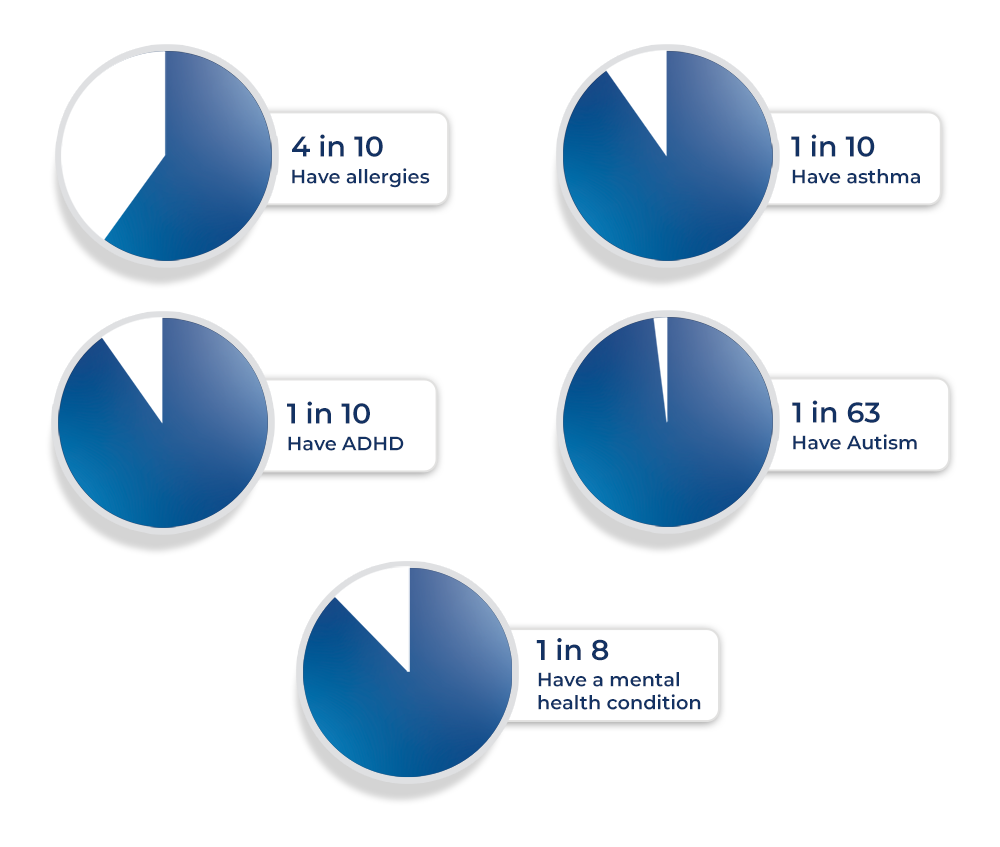


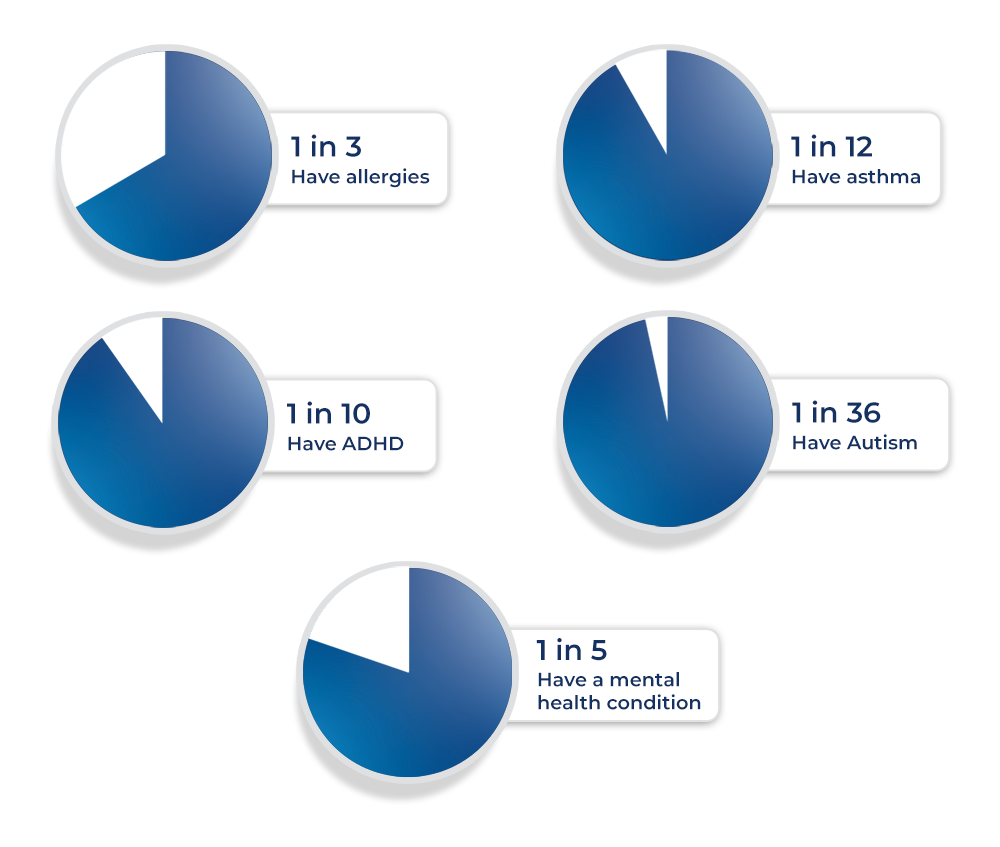

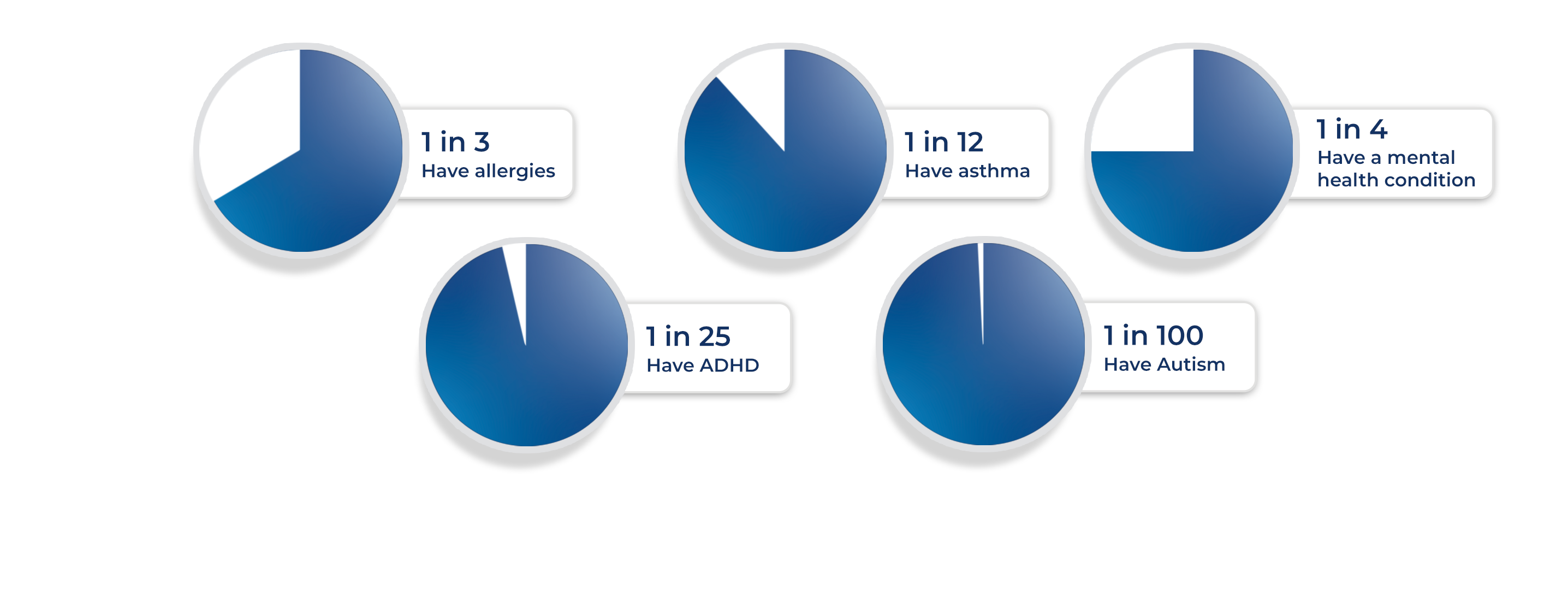
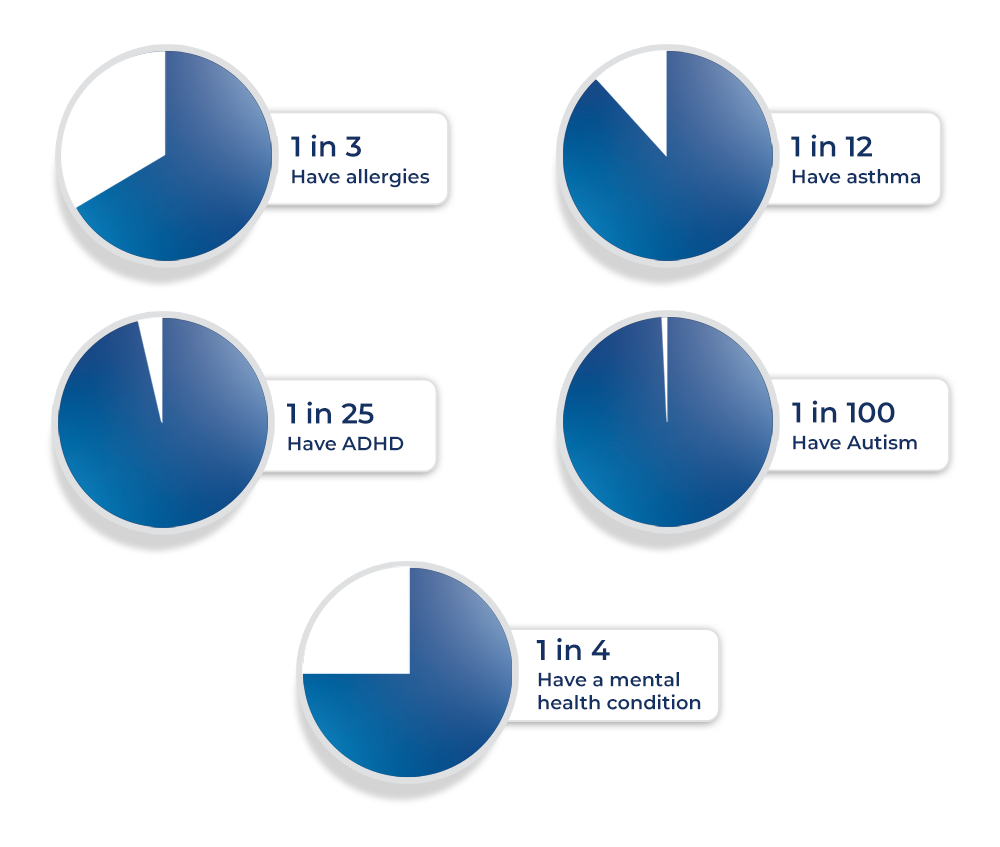
MIF25 Offers Two Educational Tracks,
Practitioner Training and CommUnity Education,
with the goal of optimizing treatment outcomes by creating a partnership of highly-skilled practitioners and well-informed patients.

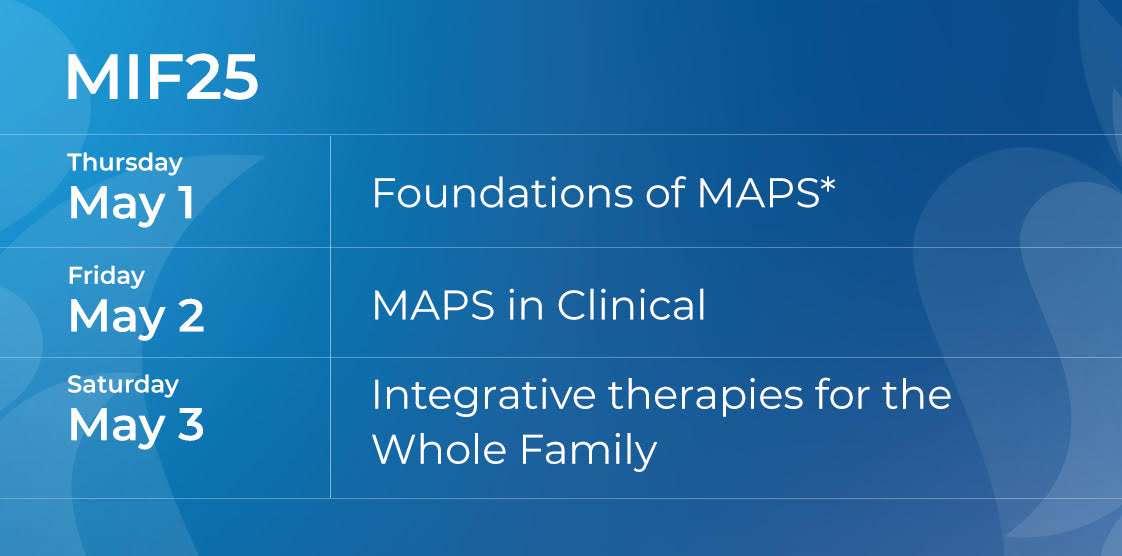
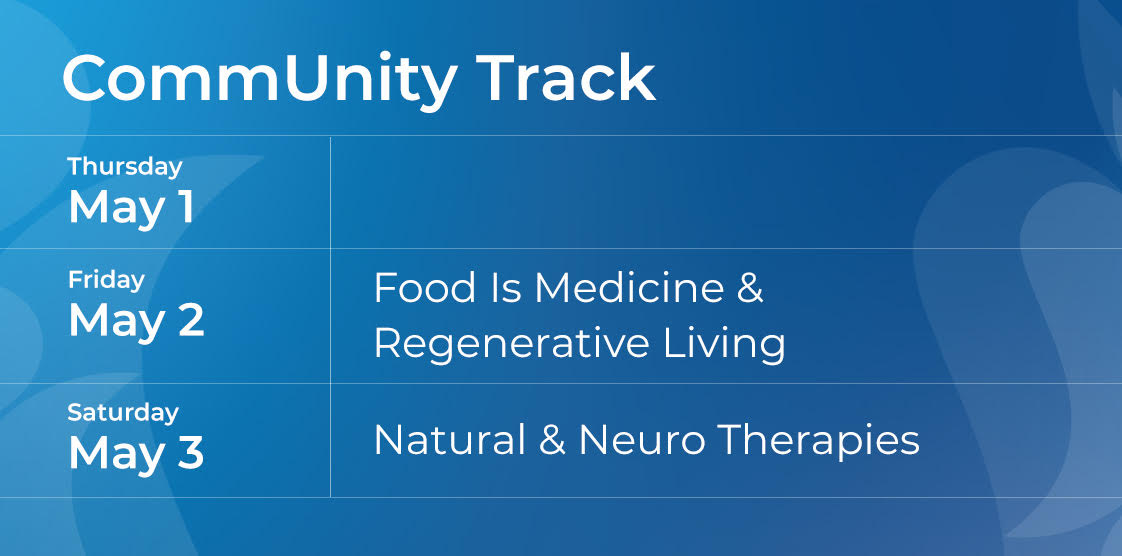
Practitioner Training
MAPS TRAINING


Nancy H. O'Hara
MD, MPH, FAAP, FMAPS

Elizabeth Mumper
MD, IFMCP, FMAPS

James Neuenschwander
MD, ABIM/AAPS, ABHIM, BCEM/AAPS,
FMAPS
- Biochemical basis of the Integrative approach.
- The Foundation of Nutrition & Functional Medicine.
- Prenatal & Perinatal Foundations.
- Foundations of the metabolic, immune, neurologic, digestive systems.
- Ongoing support for individuals who have transitioned into adulthood.
- Case studies (identifying symptoms and lab testing for Autism, ADHD, allergies, asthma, Lyme, PANDAS, POTS, OCD, CIRS, MCAS).
- MAPS Training is accredited for Continuing Education credits.
MINDD TRAINING


Leah Hechtman
Phd, MSciMed (RHHG), BHSc(Naturopathy), ND, FNHAA

Helen Padarin
ND

Dr Matthew Bourke
DC
- The Healing Cycle - unlocking nature's impulse to heal.
- Neuropsychological foundations of Emotions & Communication.
- Microchimerism, methylation, microbiome and emotional development.
- Maternal health & prenatal prevention.
- Neuro therapies and Natural therapies.
- Food Is Medicine, Regenerative Agriculture.
- Certified Practitioners receive listing at mindd.org
CommUnity Education
A mix of lectures, panels and demonstrations will offer comprehensive education in personalised, precision healthcare that tackles the root cause of complex chronic conditions including allergies, asthma, ADHD, autism, CFS, mold illness, PANDAS, Lyme, mitochondrial dysfunction, Mood Disorders (OCD, ODD).
Lectures, Panels and Cooking Demos for Parents, Patients, Educators and Media
- Treating & preventing the chronic illness epidemics; allergies, asthma, ADHD, Autism, mental health, digestive and autoimmune disease, anxiety, arthritis, asthma, cancer, dementia, depression, diabetes, heart and autoimmune disease, Post Acute Infection Syndrome, MCAS, CFS Selecting therapeutic diets; GF/CF, Paleo, Keto, GAPS, Carnivore and more
- Functional Medicine 101; methylation, sulfation, oxidative stress, inflammation, mitochondrial dysfunction, biofilms, endocrine abnormalities, infections, detoxification
- Integrative Healthcare; selecting and sequencing treatments for the individual (diet, supplements, muscular-skeletal, natural, neuro and behavioral therapies)
- The brain-immuno-gut connection; the impact of the microbiome on the immune and nervous systems (autoimmunity, neurodevelopment, neuropsychiatric, neurodegeneration)
- Epidenetics and nutrigenomics; how our choices impact gene expression
- Lifestyle Medicine; exercise, healthy home, sleep, community
- Regenerative Living; supporting planet and human health



May 2, International Convention Centre, Sydney
Mindd Foundation is proudly celebrating 20 years of empowering communities to take charge of their health
Join us for a celebratory paddock-to-plate dinner featuring Regenerative Farmer Charlie Arnott, Dr Charlie Teo AM and MC Kim Morrison along with some inspiring performances. Connect with other passionate parents, practitioners, educators and farmers, all the while gaining valuable insights from global experts in Regenerative Living!
MC: Kim Morrison
Guest Speakers: Charlie Arnott, Dr. Liz Mumper, Dr. Charlie Teo, Dr. Nancy O'Hara
VENUE
Mindd International Forum, Sydney, 2025
International Convention Centre, Darling Harbour.
May 1st – 3rd, 2025.
Mindd Foundation is excited to be hosting our 20th year anniversary celebration at the International Convention Center (ICC), Sydney! Located on Darling Harbour’s waterfront in the heart of Sydney, the ICC is ideally situated to help guests enjoy all that the city has to offer including convenient access to all of its most vibrant neighborhoods.
Barangaroo, the emerging world-class dining and retail precinct, is only a 20-minute harbourside walk away. Just beyond, The Rocks, a collection of colonial laneways and one of Sydney’s oldest neighborhoods, is home to Sydney’s Museum of Contemporary Art and is just across from the iconic Sydney Opera House. Galleries, theatres, and some of Australia’s best restaurants are all within walking distance from the venue, making it easy to explore Sydney’s vibrant cultural scene. For your most convenient access to the venue we recommend booking at either the Sofitel Sydney Darling Harbour (Preferential Code; BGPG) or the Park Royal Darling Harbour.
With world-class facilities and stunning views of the harbour, the ICC provides the perfect setting for an inspiring weekend of learning, connection, and celebration. Their world-class chef will be sourcing fresh, local, nutrient- rich food to support optimal learning for our delegates.
Join us as we mark two decades of advancing integrative healthcare and empowering communities with the knowledge and tools to support optimal health!
MINDD HEALTH PARTNERS













































